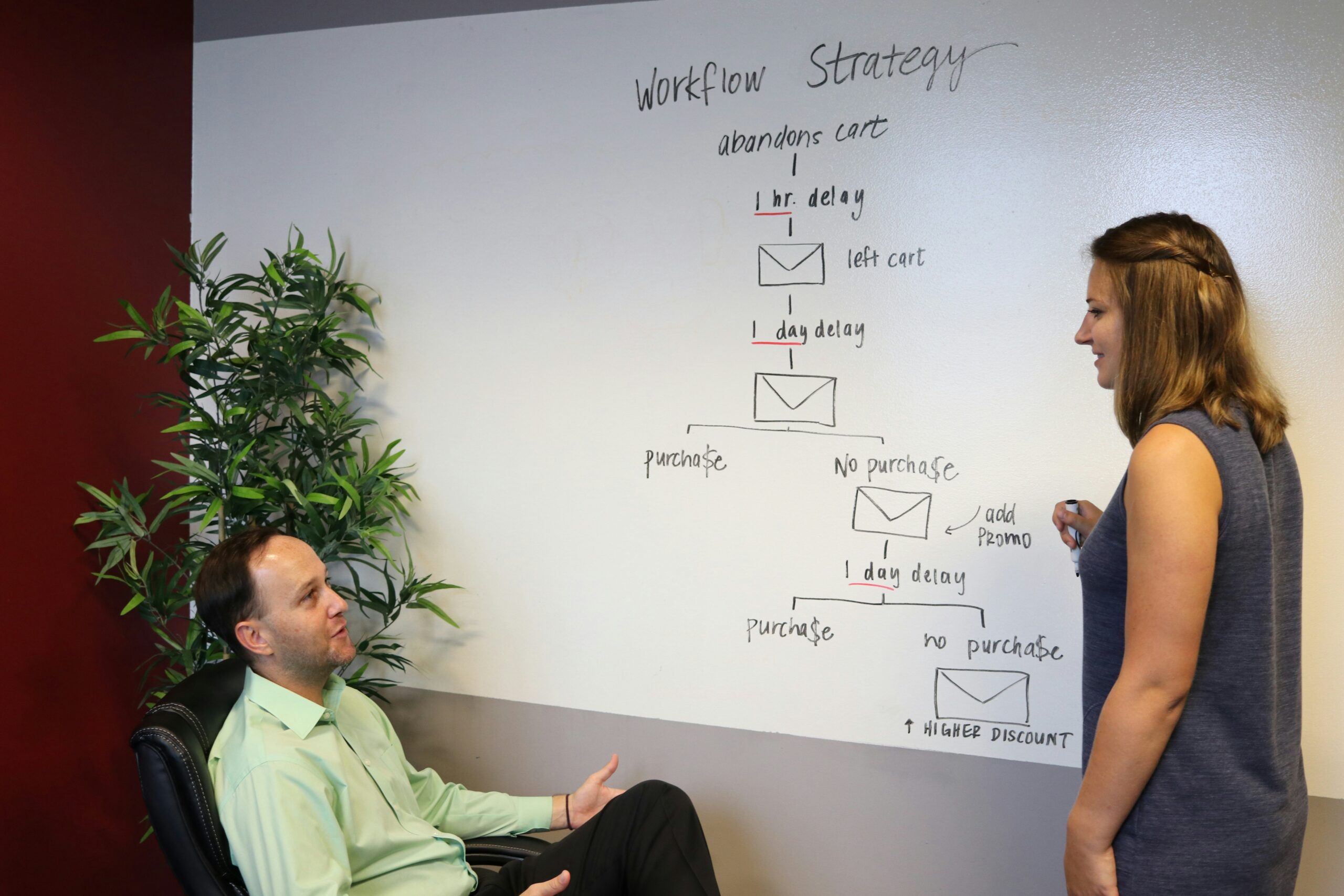In the modern workplace, the concept of “managing up” has become increasingly vital for professionals aiming to navigate their careers effectively. It’s about understanding your manager’s needs and expectations, aligning your work to support their goals, and strategically positioning yourself as a valuable asset. This approach is not about manipulation or sucking up but about building a robust, mutually beneficial relationship with your manager.
A surprising statistic sheds light on the dynamics of the workplace: a significant percentage of managers have never received formal management training. Studies suggest that upwards of 60% people managing 1 to 2 people find themselves in leadership positions without the foundational training typically associated with effective management. This gap in preparation does not only affect their performance but also impacts their teams’ engagement, productivity, and overall morale.
Types of Managers and How to Manage Up with Each
Understanding the types of managers in the workplace is crucial for developing effective strategies to manage up. Here are a few common types and tips on managing up with each:

The Micromanager
This manager likes to be involved in every detail of the work. Dealing with a micromanager involves facing the challenges of diminished autonomy, heightened stress levels, and potential inefficiencies. Employees might feel their creativity and initiative are stifled under constant scrutiny, leading to a decrease in job satisfaction and slower project progress. The pressure from continuous oversight can make the workplace environment unnecessarily tense.
Managing Up Strategy
- Earn trust by delivering consistent, high-quality work, aiming for more autonomy over time.
- Preemptively provide updates and information to minimize the need for constant check-ins.
- Discuss work style preferences openly, seeking a compromise that respects both parties’ needs.
The Hands-off Manager
Opposite to the micromanager, this manager prefers to give their team autonomy. Navigating the challenges posed by a hands-off manager requires addressing the lack of clear guidance and feedback, which can result in misalignment with organizational goals and missed opportunities for personal development. The minimal direction can leave employees feeling unsupported and disconnected, potentially impacting team cohesion and individual motivation.
Managing Up Strategy
- Proactively seek feedback and clarification to ensure alignment with organizational expectations.
- Suggest regular check-ins to establish a consistent communication flow.
- Take the initiative in team building and fostering collaboration to mitigate feelings of isolation.
The Visionary
Visionary managers are big-picture thinkers but might not always be grounded in the practicalities of implementing their vision. Working with a visionary manager presents unique challenges, such as translating grand ideas into actionable plans, dealing with frequently changing priorities, and managing unrealistic expectations due to resource constraints. The gap between the visionary’s big-picture thinking and the practicalities of day-to-day operations can create confusion and frustration among team members.
Managing Up Strategy
- Break down visionary goals into actionable tasks, facilitating practical implementation.
- Communicate ongoing commitments and resource needs to temper enthusiasm with realism.
- Remain flexible, aligning team efforts with the evolving vision while advocating for necessary support.
The People-Oriented Manager
This manager type prioritizes team morale and workplace harmony. The people-oriented manager prioritizes team morale and harmony, which can lead to avoiding necessary confrontations, slowing decision-making processes, and decisions being overly influenced by personal relationships or a desire to avoid conflict. This approach can sometimes hinder addressing critical issues and making efficient decisions.
Managing Up Strategy
- Address conflicts constructively, presenting solutions that maintain cohesion.
- Support decision-making by offering well-considered options and their impacts.
- Provide a balanced view in discussions, backing proposals with data and analysis.
The Importance of Managing Up
But why is managing up so important? At its core, managing up can lead to a more productive, harmonious work environment where both managers and employees understand and support each other’s goals. This alignment can enhance job satisfaction, reduce turnover, and improve performance across the board. For the individual, mastering the art of managing up can accelerate career growth, expand professional networks, and open up new opportunities.
Final Thoughts
Managing up is a skill that benefits from practice and patience. Here are a few final tips to keep in mind:
- Communicate Effectively: Clear, concise communication is vital. Understand your manager’s preferred style of communication and adapt accordingly.
- Seek Feedback: Regularly ask for feedback on your performance. This shows your commitment to improvement and can provide valuable insights into your manager’s expectations.
- Be Solution-Oriented: When presenting problems, also offer potential solutions. This approach shows your initiative and problem-solving abilities.
Managing up is an essential skill in today’s workplace. By understanding your manager’s style and aligning your work to support their goals, you can create a positive, productive relationship that benefits your career and the wider organization. Remember, the goal is to foster a relationship based on mutual respect and shared objectives. With the right approach, managing up can be a key driver of professional success.
Recommended Reading










